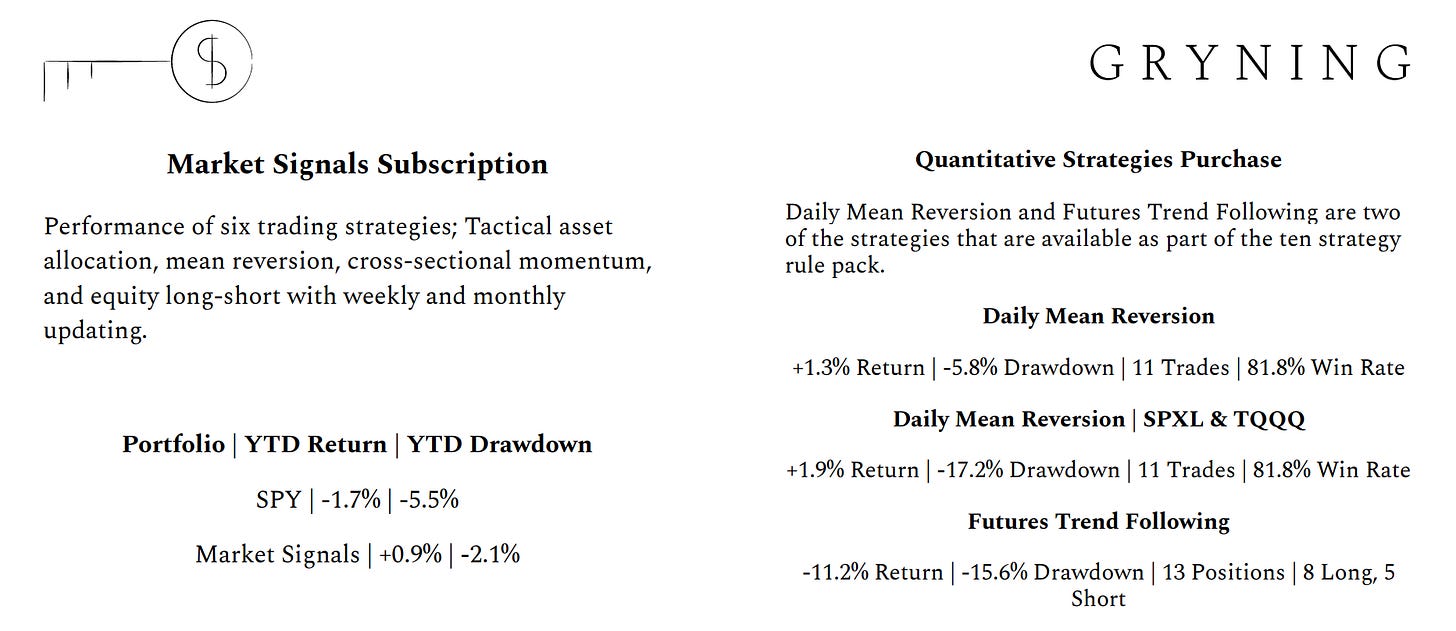Most Restrictive
The S&P 500 closed 0.5% higher on Wednesday, while the Nasdaq 100 rose 1.1%.
The Dow Jones, however, ended 82 points lower, pressured by a 2.6% drop in Walmart shares, which weighed on consumer staples.
The Consumer Price Index rose 0.2% for the month, bringing the annual inflation rate to 2.8%, lower than forecasts and offering relief to investors.
President Trump's steel and aluminum tariffs took effect, prompting Canada to impose 25% retaliatory duties on over $20 billion worth of US goods.
The European Union also quickly responded, announcing counter-tariffs on €26 billion worth of US imports, set to take effect in April.
The February inflation report showed core inflation falling to the slowest rate since April of 2021.
As you can see in this chart, the disinflation trend remains well intact.
That said, this number continues to be propped up by stale rent data, known in the CPI report as "Owners' equivalent rent" (OER).
OER represents more than one-third of the year-over-year headline CPI reading, and yet the data on the current rent climate show a national median asking rent in decline for the better part of the past two years.
The Fed has acknowledged the lagging features, or "base effects," in the data (when it suits them). Which means, not only do they have the most restrictive policy stance among the major central banks, they are actually more restrictive than this chart reflects …
And not too surprisingly, with the highest real rates among major central bank peers, the Fed's policy stance is delivering the lowest stock market returns among the group (since the launch of respective easing cycles).
Investing by Design is a systematic framework to build and add to your investment operating system. The One-Payment Four-Year offer is available for a further 10 days only (23/03/25), if you think you may find it of value, or know someone who may, please sign up.









